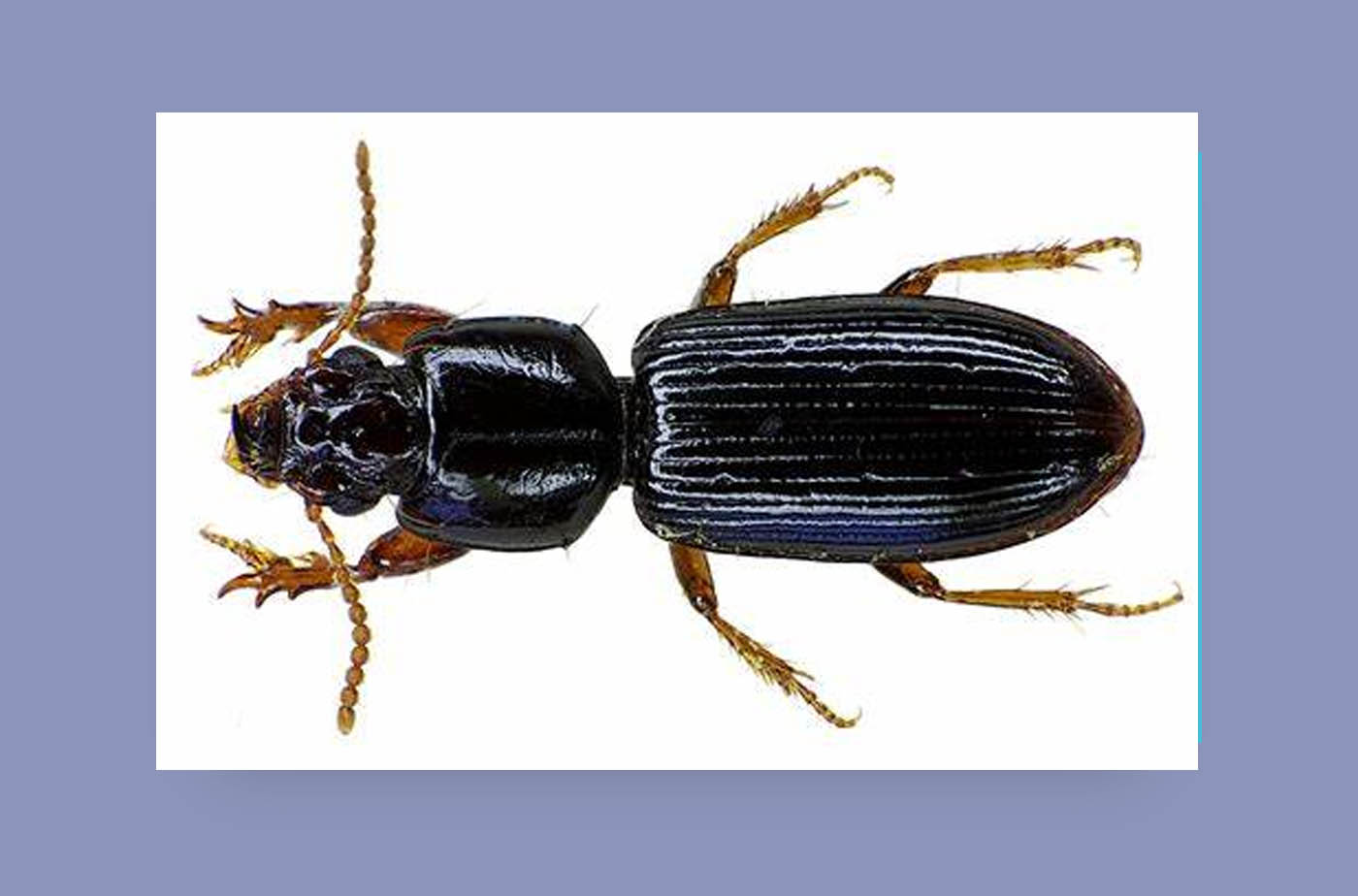Wood borer
The term woodboring beetle encompasses many species and families of beetles whose larval or adult forms eat and destroy wood Adult beetles lay their eggs in cracks and holes in wood and the larvae, known as "woodworms" slowly eat the wood when they burrow their way out as they are growing into adults. It can take a few months to a few years for a wood-boring beetle to burrow out of a piece of wood. Wood-boring beetles have four life stages: egg, larva, pupa and adult. The eggs and pupae do not feed. Larvae, or grubs, are the main damag- ing stage,
but in some species adults can damage wood.
.jpg)
Types:
Lyctidae
Anobidae
Bostrichidae
Ptinidae
Curculionidae
Buprestidae
Oedemeridae
Cerambycidae
Scolytide
Brentidae
Lymexylidae
Tenebrionidae
Detection
There are several indicators that wood-boring
beetles are present. Immature beetles tunneling
in wood produce an audible rasping or ticking
sound while chewing which is most often heard
during quiet times at night. Another indication
may be a blistering appearance on the wood
caused by larvae tunneling just below the wood
surface. While feeding, beetles often push pow-
dery frass from holes they have constructed in
the infested wood. This frass is piled below the
holes or in cracks in structures. The consistency
of the frass ranges from very fine to coarse,
depending on the species. Exit or emergence
holes in the wood, created by the adult beetle,
also may be seen.
.jpg)
Wood borer Management Service
Pesticide treatments for wood-boring beetles
are best. A localized infestation may be treated by spraying or
brushing on residual insecticides.
Wood preservative chemical is injected into these tiny short holes with the help of syringe to kill larva present in the woods.Use of chemical petroleum base for spraying on the infected area for protection against wood borers.
Applications to the unfinished wood surfaces
will allow some penetration into the wood.
Fumigation is the most reliable and effective
method of eliminating wood-boring beetles. A
toxic gas penetrates beneath the wood’s surface
to kill the developmental stages of the beetle.
However, fumigation will not leave any residual
chemical on the wood surface to prevent subse-
quent infestation.
